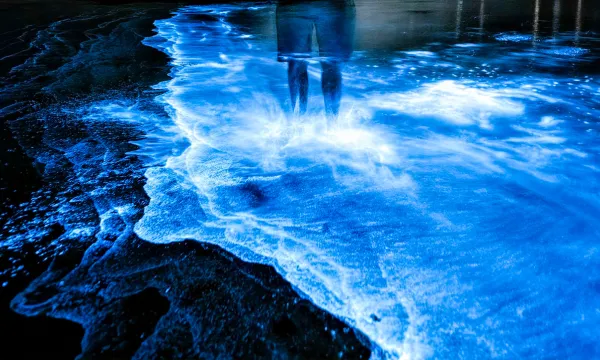
Colourful Chemistry
An illuminating, lab-based insight into the wonderful world of chemistry and some of its real-life applications.
Recommended for: KS2 (7-11) | KS3 (11-14)
Wheelchair access limited
Workshop

An illuminating, lab-based insight into the wonderful world of chemistry and some of its real-life applications.
Wheelchair access limited
Workshop